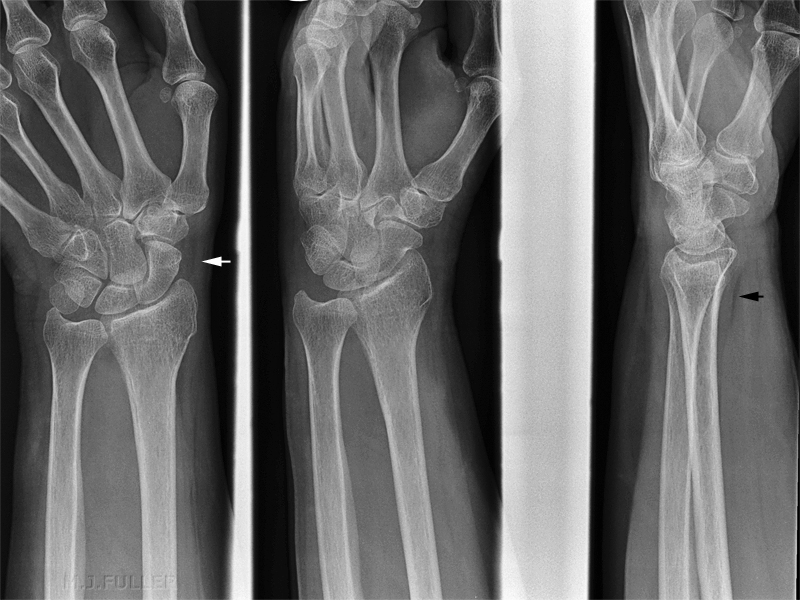

Hand and wrist X-rays are considered as an important indicator of children's biological age. Therefore, the complete characterization of the main methods and procedure available and particularly of all their advantages and disadvantages need to be known in order to properly utilized this information for all its medical and non-medical main fields of application.Įvaluation of skeletal maturity is a common procedure frequently performed in clinical practice. As well several differences can be characterized according to the numerous standardized methods developed over the past decades. Bone age may be affected by several factors, including gender, nutrition, as well as metabolic, genetic, and social factors and either acute and chronic pathologies especially hormone alteration. This information, associated to the characterization of the shape and changes of bone components configuration, represent an important factor of the biological maturation process of a subject. In fact, the images obtained by hand and wrist X-ray reflect the maturity of different types of bones of the skeletal segment evaluated. Although several bones have been studied to better define bone age, the hand and wrist X-rays are the most used images. It is defined by the age expressed in years that corresponds to the level of maturation of bones. Department of Pediatrics, University of Chieti-Pescara, Chieti, Italyīone age represents a common index utilized in pediatric radiology and endocrinology departments worldwide for the definition of skeletal maturity for medical and non-medical purpose.

Federica Cavallo, Angelika Mohn, Francesco Chiarelli and Cosimo Giannini *


 0 kommentar(er)
0 kommentar(er)
